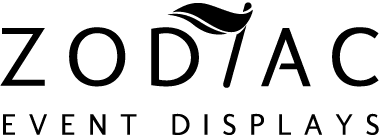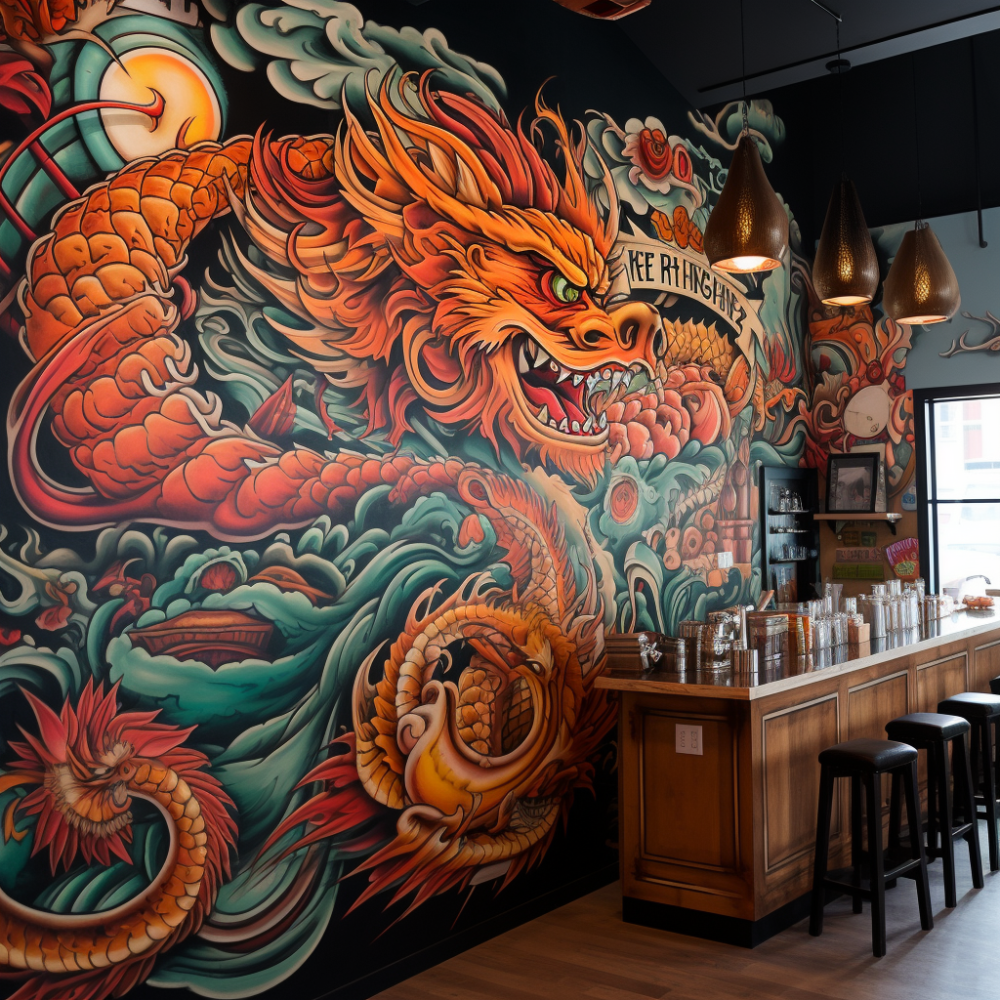
In the dynamic world of event marketing, standing out is not just an option—it’s a necessity. Marketing banners play a pivotal role in capturing attention and conveying your brand’s message effectively. But what is a banner in marketing? Essentially, a marketing banner is a versatile promotional tool designed to attract, inform, and engage your target audience. These banners can be used both online and offline, making them an indispensable asset for any marketing strategy.
Marketing banners come in various forms, including pop-up banners, flag banners, and banner stands. Each type serves a unique purpose, whether it’s for a trade show, a corporate event, or an online advertisement. The beauty of banners lies in their ability to convey powerful messages in a compact, visually appealing format.
The versatility of marketing banners allows them to be used in numerous settings. From trade shows and exhibitions to retail environments and outdoor events, these banners are designed to grab attention and deliver your message succinctly. With advancements in printing technology, banners can now feature high-resolution images, dynamic colors, and even interactive elements to engage viewers more effectively.
Investing in high-quality marketing banners can significantly amplify your brand’s visibility and impact. If you’re looking to make a lasting impression at your next event, consider incorporating well-designed banners into your marketing arsenal. Send message to info@zodiacdisplays.com to amplify your event marketing.
Types of Marketing Banners

When it comes to marketing banners, there is a plethora of options to choose from, each designed to meet specific needs and scenarios. Understanding these different types can help you select the most effective banner for your event or campaign.
Pop-Up Banners: Also known as retractable banners, these are highly portable and easy to set up. They are perfect for trade shows, conferences, and other events where quick installation is essential.
Flag Banners: These banners are usually used outdoors and are designed to flutter in the wind, grabbing attention from afar. They are ideal for outdoor events, car dealerships, and retail stores.
Banner Stands: These are sturdy, free-standing banners often used for indoor events. They provide a robust presence and can be customized with high-resolution graphics.
Fabric Banners: Made from durable fabric, these banners are lightweight and can be easily transported. They offer vibrant colors and can be used both indoors and outdoors.
Hanging Banners: These are suspended from ceilings or other high points to maximize visibility. They are commonly used in large venues like convention centers and stadiums.
Mesh Banners: Designed for windy conditions, mesh banners allow air to pass through, reducing the risk of tears. They are perfect for outdoor advertising on fences and building wraps.
Each type of marketing banner serves a unique purpose and offers distinct advantages. By understanding the different options available, you can make an informed decision that best aligns with your marketing goals.
Benefits of Using Banners
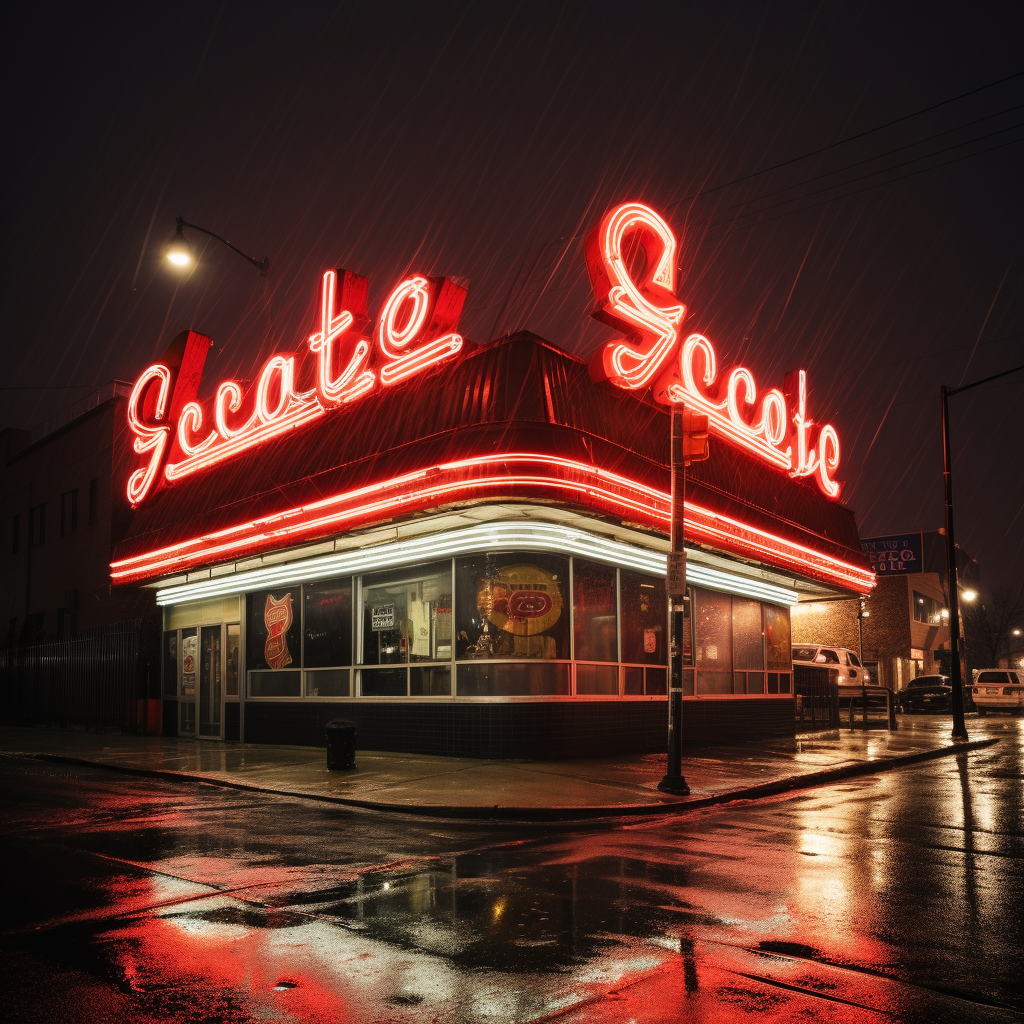
Utilizing banners in your marketing strategy provides a multitude of benefits that can significantly enhance your brand’s visibility and engagement. Here are some of the key advantages:
High Visibility: Banners are designed to catch the eye, whether they’re displayed at a busy trade show, along a bustling street, or at an event. Their large size and vibrant graphics make them hard to miss, ensuring your message reaches a wide audience.
Cost-Effective: Compared to other forms of advertising, banners offer a high return on investment. They have a lower production cost and can be reused multiple times, making them a budget-friendly option for long-term use.
Versatility: Banners are incredibly versatile and can be utilized in various settings, both indoors and outdoors. Whether you’re promoting a sale, launching a new product, or hosting an event, banners can be tailored to fit your specific needs.
Brand Reinforcement: Custom banners with your logo, colors, and messaging help reinforce your brand identity. They create a consistent visual presence that can boost brand recognition and loyalty.
Easy to Install and Transport: Modern banners are designed for ease of use. Pop-up banners and retractable banners, for instance, can be set up and taken down in minutes, making them perfect for events where time is of the essence.
Durability: Many banners are made from durable materials that can withstand various weather conditions, ensuring your message remains intact whether it’s displayed indoors or outdoors.
Incorporating banners into your marketing efforts can lead to increased engagement, higher brand visibility, and a more cohesive marketing strategy. Their myriad benefits make them an indispensable tool for any business looking to make a lasting impression.
Best Practices for Banner Design
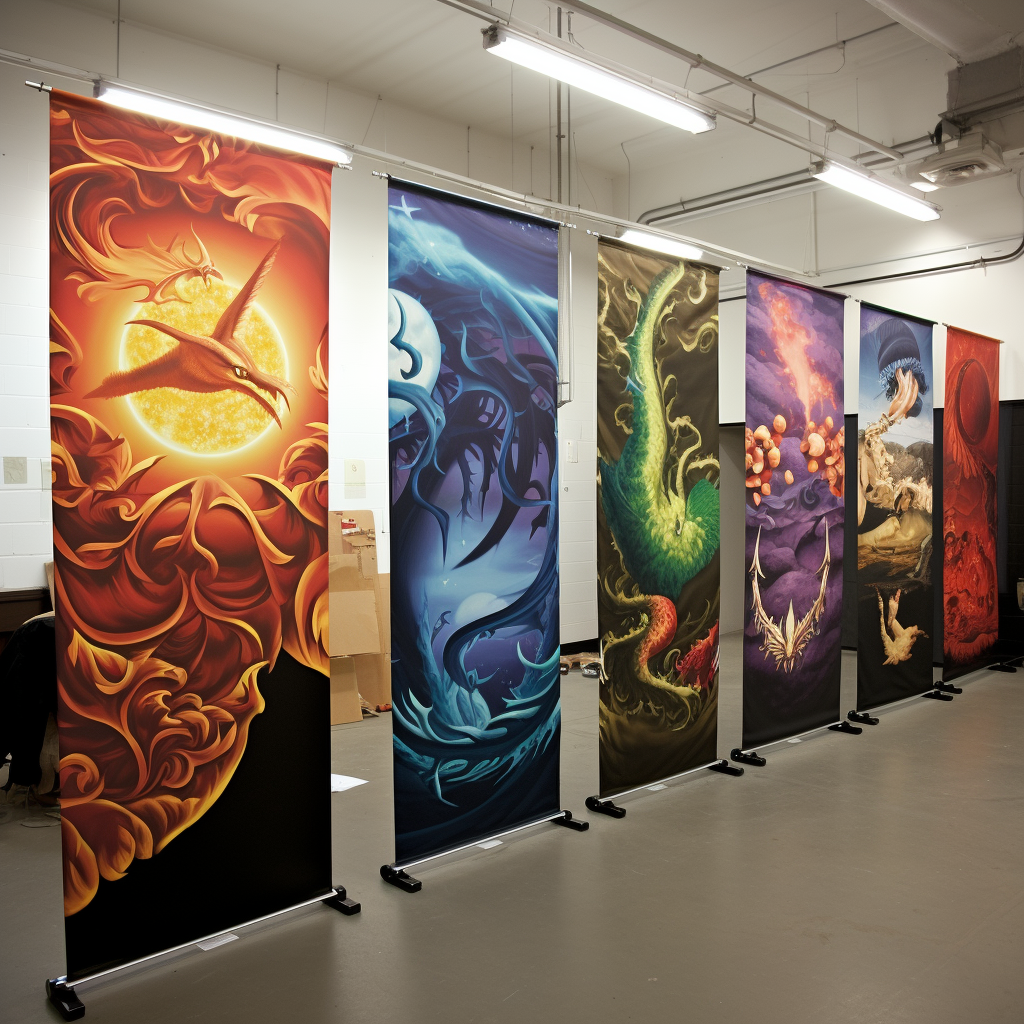
Creating an effective banner involves more than just eye-catching visuals; it requires strategic design to maximize impact. Here are some best practices for banner design that can help you achieve your marketing goals:
Keep It Simple: Simplicity is key when it comes to banner design. Avoid clutter by focusing on a single, clear message. Use concise text and limit the number of elements to ensure that your main point stands out.
Use High-Quality Images: High-resolution images are essential for a professional look. Blurry or pixelated graphics can detract from your message and reduce the banner’s effectiveness. Ensure all visuals are crisp and clear.
Consistent Branding: Incorporate your brand’s colors, fonts, and logos to maintain consistency across all marketing materials. This not only reinforces brand identity but also makes your banner instantly recognizable.
Readable Fonts: Choose fonts that are easy to read from a distance. Avoid overly decorative fonts that can be difficult to decipher. Stick to bold, clean typefaces that enhance readability.
Strategic Use of Color: Colors can evoke emotions and influence perceptions. Use contrasting colors to make your text stand out and align the color scheme with your brand’s identity. Be mindful of color combinations that improve visibility and readability.
Call to Action (CTA): Every effective banner includes a compelling CTA. Whether it’s “Visit Our Website,” “Call Now,” or “Shop Today,” make sure your CTA is prominent and encourages immediate action.
Proper Sizing and Placement: Consider where the banner will be displayed and design accordingly. Ensure that text and images are proportionate and can be easily viewed from the intended distance.
Test Before Finalizing: Before printing, review your banner design in different formats and sizes to ensure all elements are clear and effective. A final proof can help catch any errors or adjustments needed for optimal impact.
Implementing these best practices can help you create a banner that not only captures attention but also effectively communicates your message, driving engagement and achieving your marketing objectives.
How to Measure Banner Effectiveness
After investing time and resources into creating a compelling banner, it’s crucial to measure its effectiveness to ensure that it meets your marketing goals. Here are some strategies to evaluate the performance of your banners:
Track Engagement Metrics: One of the most direct ways to measure banner effectiveness is by tracking engagement metrics such as clicks, views, and interaction rates. Tools like Google Analytics can provide detailed insights into how users are interacting with your banner.
Monitor Conversion Rates: Beyond engagement, the ultimate goal of many banners is conversion. Measure how many users who viewed or clicked on your banner completed a desired action, such as making a purchase, signing up for a newsletter, or downloading a resource. This helps assess the banner’s ability to drive tangible results.
Use A/B Testing: A/B testing involves creating multiple versions of your banner and displaying them to different segments of your audience. By comparing the performance of each version, you can identify which design elements, messages, or calls to action are most effective.
Survey Your Audience: Direct feedback from your target audience can provide valuable insights. Conduct surveys or polls to gather opinions on your banner’s appeal, message clarity, and overall impact. This qualitative data can complement quantitative metrics and guide future improvements.
Analyze Traffic Sources: Understanding where your traffic is coming from can help you determine the effectiveness of your banner placement. For instance, if your banner is displayed on multiple platforms, analyzing traffic sources can reveal which platform drives the most engagement and conversions.
Evaluate Brand Awareness: Banners can also play a role in increasing brand awareness. Use tools like brand lift surveys to measure changes in brand perception, recognition, and recall after your banner campaign. This can help assess the banner’s impact on your broader branding efforts.
Monitor Social Media Mentions: Social media can be a valuable gauge of your banner’s reach and effectiveness. Track mentions, shares, and comments related to your banner or campaign. High levels of social media engagement can indicate strong performance and audience resonance.
By employing these methods, you can gain a comprehensive understanding of your banner’s effectiveness, enabling you to refine your strategy and enhance your future marketing efforts.
Future Trends in Banner Marketing

As technology and consumer behavior continue to evolve, so too does the landscape of banner marketing. Staying ahead of these changes is crucial for maintaining a competitive edge. Here are some key future trends in banner marketing to watch out for:
Interactive Banners: The future of banners is interactive. Expect to see more banners that engage users through interactive elements such as quizzes, polls, and mini-games. These interactive features not only capture attention but also provide valuable data about user preferences and behaviors.
Personalization: Personalized marketing is becoming increasingly important, and banners are no exception. Advanced algorithms and data analytics enable the creation of banners tailored to individual user profiles, enhancing relevance and effectiveness. Personalized banners can significantly improve engagement rates and drive higher conversions.
AI and Machine Learning: Artificial Intelligence (AI) and Machine Learning (ML) are set to revolutionize banner marketing. These technologies can analyze vast amounts of data to optimize banner placement, design, and messaging in real-time. AI-driven banners can dynamically adapt to user interactions, providing a more personalized and efficient marketing experience.
Augmented Reality (AR) Integration: Augmented Reality is making its way into banner marketing, offering immersive experiences that go beyond traditional visuals. AR-enabled banners can allow users to interact with products in a virtual space, providing a more engaging and memorable experience.
Sustainability and Eco-Friendly Materials: As consumers become more environmentally conscious, there will be a growing demand for banners made from sustainable and eco-friendly materials. Brands that adopt green practices in their banner production will not only meet consumer expectations but also enhance their corporate social responsibility image.
Cross-Channel Integration: Future banners will be part of a seamless, cross-channel marketing strategy. Integrated campaigns that combine banners with other digital and offline marketing tactics will provide a more cohesive brand experience, ensuring consistent messaging across all touchpoints.
Advanced Analytics: The future will see even more sophisticated analytics tools that provide deeper insights into banner performance. These tools will enable marketers to measure effectiveness with greater precision, optimizing campaigns for better results.
Staying updated with these trends will ensure that your banner marketing efforts remain effective and relevant. Send a message to info@zodiacdisplays.com to amplify your event marketing and stay ahead of the curve in this dynamic landscape.
